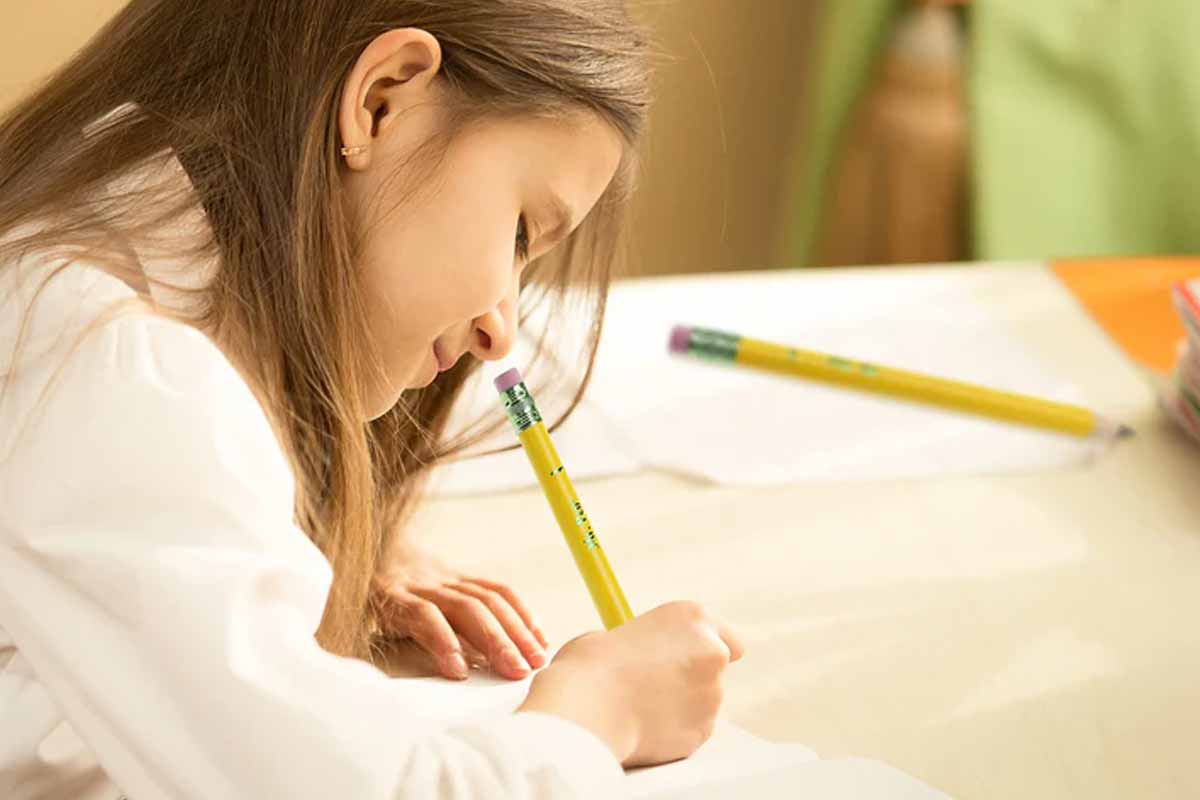Curiosity changes everything, especially when we slow down and ask better questions. In many homes and classrooms, quick answers win the day, yet careful inquiry quietly builds judgment. A time-tested discipline makes that possible for children, because it trains reasoning, empathy, and voice without chasing grades. No rigid scripts, no dusty lectures. Just clear thinking, patient listening, and the confidence to say, “I’m not sure yet,” then keep going.
Why children thrive when philosophy becomes a habit
Philosophy for young minds looks practical, not abstract. It starts from real questions kids already ask and gives them tools to sort ideas. They learn what a claim is, how support works, and why reasons matter. Because the method values clarity, they spot vague words, tighten examples, and keep discussions grounded.
They also learn to disagree with care. A view stands or falls with reasons, so tone softens while thinking sharpens. Because they compare positions, they see where arguments meet, and where they miss. The process turns debate into shared work rather than a contest to win.
The benefits spread across school life. Science needs clean definitions, literature needs interpretation, art needs perspective, and social studies need cause and effect. Because practice builds mental agility, students connect facts more easily, retain ideas longer, and explain their thinking in plain words that others can follow.
How the practice builds reasoning, empathy, and voice
Kids construct arguments step by step, then check the steps for gaps. Because they test examples and counterexamples, they learn when a point holds and when it breaks. The aim is not to memorize theories, but to see how ideas fit.
Listening grows with the same routine. When a classmate gives a view, students restate it fairly before replying. Because context shapes beliefs, they explore how culture, history, and family experience influence what seems true. Respect rises, and simple labels fade.
Confidence grows as they learn to think in public. Students ask clearer questions, make careful claims, and invite replies. Because mistakes become information, not failure, they keep exploring. In time, children take ownership of their voices and stop echoing other people’s opinions.
Everyday gains when children learn to slow down and think
Life moves fast; judgment should not. A short pause before reacting lets kids separate feelings, facts, and assumptions. Because the method values precision, they notice vague terms and tighten them. Small distinctions start to matter, and rash choices lose their appeal.
Complex problems feel less scary when they see structure. Students break issues into parts, weigh trade-offs, and choose next steps. Because they can hold two ideas at once, they handle uncertainty with more calm. Patience grows as curiosity deepens.
Reflection brings steadier behavior. Kids monitor impulses, ask for reasons, and change course with less drama. Because they frame disagreements as puzzles, not fights, conflicts cool quickly. The habit works at home, in teams, and online, where quick takes collide with nuance that careful thought protects.
Comparisons, simple timelines, and what sets this training apart
Coding sprints, language drills, and sports build great skills; this practice complements them. Where drills refine speed or memory, inquiry strengthens judgment that guides those skills. Because students learn to choose well, every other subject benefits from better decisions.
Small, regular sessions beat rare marathons. Ten focused minutes during reading time can launch a discussion. Because routines matter, a weekly circle or a short “question of the day” keeps momentum. Educators value consistency, and families do too, since it fits real life.
Guardrails help. Keep topics open-ended rather than ideological, invite many voices, and avoid hunting “right” answers. Because the goal is clarity, not conversion, conversations stay safe. With that climate, children take risks, test ideas, and grow comfortable changing their minds when reasons change.
Simple ways to bring the discipline home today
Welcome big questions. When a child asks, “Is that fair?” resist quick fixes. Say, “Great question,” then ask, “What makes something fair?” Because you honor curiosity, the conversation opens. Your role shifts from answer machine to guide who helps shape thinking.
Ask open-ended prompts that require reasons. Try, “What makes a friend good?” or “Can two people disagree and both be honest?” Because the questions have more than one path, kids practice giving support, not guesses. When possible, ask for examples, then ask if an exception exists.
Use images and admit uncertainty. A painting or photo invites lively interpretations, and a single detail can change readings. Because not knowing is normal, “Let’s think together” reduces pressure. Soon, kids learn to withhold judgment until they gather reasons, which protects kindness and strengthens understanding at the same time.
A calm practice that grows judgment for life and beyond
A steady habit of inquiry builds clearer minds and kinder conversations. Families and schools can start small, then keep going, because short routines stack up. With time, children learn to weigh claims, respect differences, and speak with care. That mix travels well, into classrooms, teams, and the wider world.
